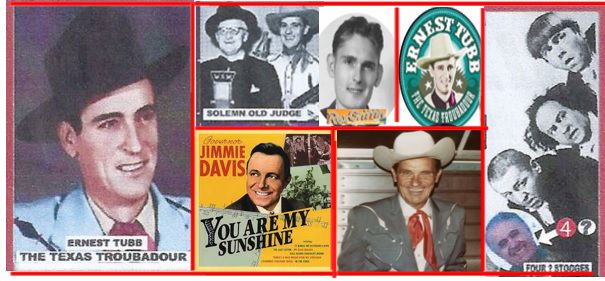OUR VIEW: Schools are back in session
August 6, 2013Restoring Louisiana’s coast still requires federal funding
August 6, 2013Two disturbing stories appear in this issue of the newspaper, both involving children.
One has to do with crimes committed at the Terrebonne Parish Juvenile Detention Center. It is a place where children who often come from difficult backgrounds and homes with problems end up. Ostensibly, they are there because they are perceived to have violated the law. These can be simple matters like truancy, or can be serious crimes like assault, robbery or even murder.
In this case it was one of the children who had a crime perpetrated against her, sexual assaults over a period of time by a guard charged with keeping her safe. The guard, Angelo Vickers, is now doing prison time. The parish of Terrebonne along with Vickers has been sued for money damages. The trial began last month and has been recessed until March. In this week’s story, voices are rising up against a defense the parish is using, which is to say that the girl, who was 14 when she was victimized, is partially to blame for her own victimization.
The other story involves a little boy, just 10 years old, who was found walking on Grand Caillou Road at an ungodly hour by deputies. They later determined he had burn scars on his hands and his feet. The boy said it was from cigarettes and said the injuries were at the hands of his father, who was arrested and now remains at the Terrebonne Parish jail.
The stories are very different, for a variety of reasons. But if you read carefully, you will see that both also have to do with people blaming children for crimes committed against them.
In the case of the little boy, family members have been forthcoming about his own past. There are psychiatric records, there is documentation that he walked in on a stepbrother while the youth was sleeping and threw a cologne bottle at his head. There is further documentation that the boy faked his own injuries one day at school, stating that his father had committed the act. Authorities determined the boy was lying, and no further action was taken.
So it is easy to see how family members can look at his behavior, particularly recent spates of running away at night, stealing and otherwise causing far more problems than any 10-year-old should, and presume that the father cannot be guilty of anything.
How, some may ask, do you write a story about people being mad because someone is blaming a victim for her own crime, and also write a story that suggests crimes against another child are his own fault, perhaps, because his behavior was that incorrigible. Because he may have lied about the father doing things to him. Because he may very well have even done them himself.
But that is not what has occurred in this issue.
Each of these stories was written on its own merit, with the facts that were available to present, and no conclusion was made in either case.
It is up to you, the reader, to decide what the most important message is from each story, because the most important message is what you will take with you.
When dilligent reporting leads to the uncovering of more facts, the reader benefits in the long run and this is why we work so hard for you.
Without the point of view presented by the little boy’s family members, we could not have offered a side of the story which – whether true or not – has merit in the mere telling, because it makes us think about what may be possible.
The true realm of possibility will be revealed as the case unfolds in the justice system.
Without presenting the horrendous social history of the young girl – now a woman – who was victimized at the detention center, the horrid potential that lawyers are blaming her for her own rape would not resonate so strongly, perhaps.
So, just because we present facts relevant to a certain story never means that we are taking one side or the other. We are just working with what we are able to find.
But there are other stories that have appeared in this newspaper and others, about budget cuts to programs that help kids. About how psychiatric help for children is not available in all cases for all kids, although the people who provide the help are working on it.
And so if there is a link that can be made between two stories of bad things happening to kids, it is the recommendation that people read carefully the accounts of evil things that occur around them, to look at how we can do better, and find out how our choices on spending money can end up in a lot more sad stories than happy ones.







